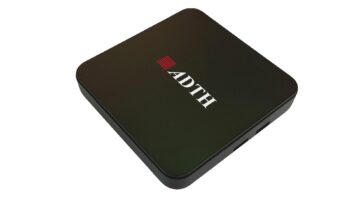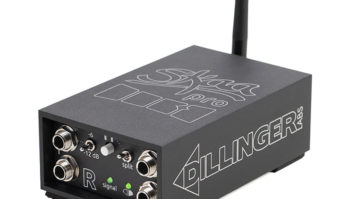Sell-through rates of wireless Wi-Fi (IEEE 802.11b) computer-network gear are accelerating, and so will wireless-network data rates with the current launch of 54Mbps Wi-Fi5 devices, according to the Wireless Ethernet Compatibility Alliance (WECA).
WECA is the nonprofit association that certifies interoperability of 11Mbps 2.4GHz-band 802.11b products and 5GHz-band 802.11a products. Certified products carry Wi-Fi and Wi-Fi5 logos, respectively.
In updating the standards’ progress, WECA also said:
In the second quarter of 2002, an IEEE standards-setting group will likely complete an optional quality-of-service (QoS) standard for the 802.11a and b standards and for a planned 802.11g wireless standard. The QoS standard will likely appear in products soon after to support reliable audio and video streaming. Some suppliers currently use ShareWave’s proprietary standard, which will form the basis of the new standard.
- An optional authentication protocol recently approved by an IEEE group has begun appearing in Wi-Fi devices, and a new encryption standard is under development by a separate IEEE group.
(See story at right for details.)
In recounting Wi-Fi’s progress, WECA marketing director Phil Belanger pointed out that sales have accelerated because products have proliferated and prices have dropped. More than 190 Wi-Fi products are available worldwide, most of them in the U.S., he said. Wi-Fi PC Cards start at $79 on promotion and range up to $129 compared to a year ago, when PC Card prices ranged from $99 to $179. PC access points start at around $100.
Also helping accelerate sell-though: the shipment of the first USB Wi-Fi adapters during the past three to six months and last year’s launch of the first notebook PCs with integrated Wi-Fi Mini PCI cards.
Wi-Fi’s prospects will only expand with the launch of Microsoft’s XP operating system, which incorporates Wi-Fi as its only wireless-network standard.
“This year or next will be a wireless Christmas,” Belanger said. Whenever the Wi-Fi holidays hit, this year “was the year of Wi-Fi for university students,” he said. College libraries, lounges, dorms, and common areas have gone wireless, and in many cases, students are connecting Wi-Fi residential gateways to a dorm’s wired Ethernet network to go wireless, he explained.
Besides the pricing and marketing advances, wireless is posting datarate advances.
Here’s what’s happening:
802.11a: The industry’s first 802.11a products will appear at Comdex from as many as five suppliers, Belanger said. They will be PC-network products targeted at enterprises and home users. Some devices are already shipping in limited quantities, but production will ramp up in the next couple of months, he said.
Dual-mode (Wi-Fi/Wi-Fi5) access points will also likely appear at Comdex to support laptops, notebooks, and PDAs that take advantage of the current Wi-Fi standard, he noted.
Although the first products will be PC-oriented, the standard’s 54Mbps data rate (with 32-38Mbps throughput) opens up potential for networking audio-video products to stream audio and video around the house, he noted.
The throughput, marketers have said previously, is enough for about three simultaneous MPEG-2 DVD streams, each requiring approximately 5Mbps to a peak 12Mbps for high-action programs. It’s also enough for one to perhaps two simultaneous HDTV streams at 18-20Mbps each, suppliers have said.
In comparison, 802.11b’s 11Mbps data rate delivers 6Mbps throughput that could support several simultaneous streams of uncompressed CD audio (at up to 1.5Mbps each), or several VHS-quality videostreams.
802.11g: The downside to the Wi-Fi 802.11a standard is that 802.11a products and 802.11b products operate in different bands. As a result, Wi-Fi products won’t talk to existing Wi-Fi access points or Wi-Fi-equipped PCs.
Devices incorporating 54Mbps 802.11g technology, on the other hand, will be able to talk to existing Wi-Fi devices. That’s because Wi-Fi and 802.11g products operate in the same band at 2.4GHz and because the proposed 802.11g standard “mandates that 802.11g devices fall back to 11Mbps CCK (complementary code keying modulation) from 54Mbps OFDM (orthogonal frequency division multiplexing) modulation when they see an 802.11b device,” Belanger explained.
Progress on finalizing an 802.11g standard slowed but is expected to be finished by mid to late 2002, followed by late-2002 product availability, Belanger said.
The standard was initially targeted to deliver data rates of around 22Mbps, but an FCC rules change allowing the use of OFDM modulation in the 2.4GHz band will enable 54Mbps datarates.
High speed, however, doesn’t qualify any IEEE standard for audio/video streaming. That’s where an optional IEEE quality-of-service (QoS) standard comes into play (see story, right).
IEEE Wireless-Network Standards











